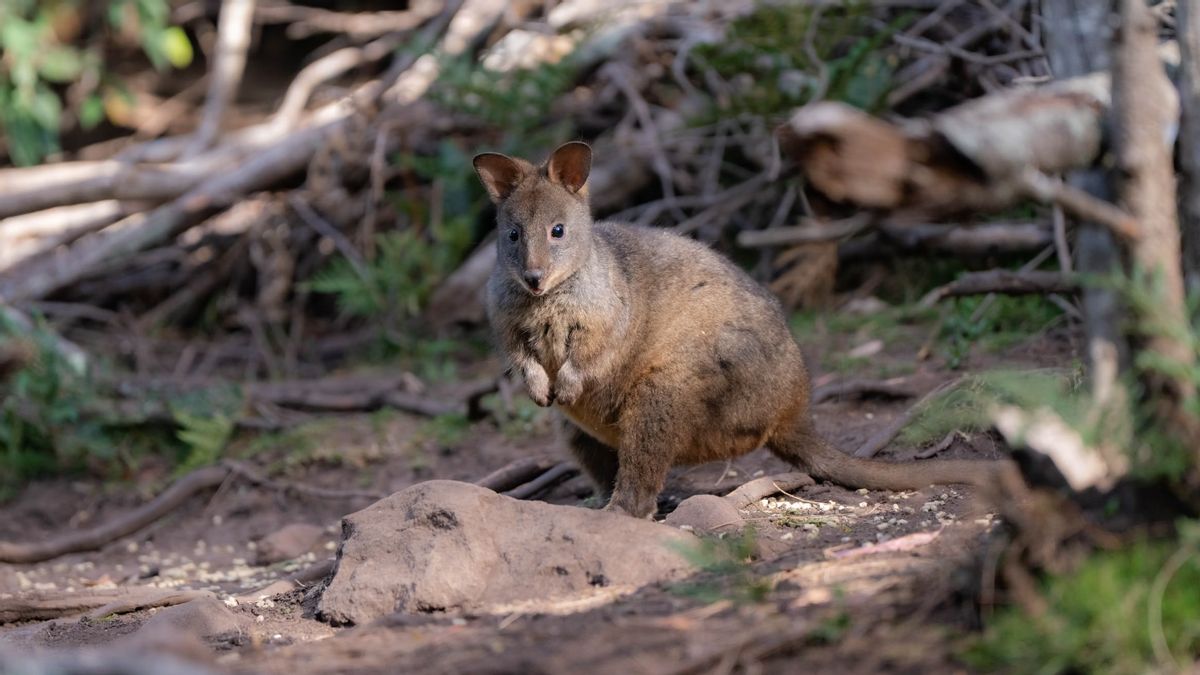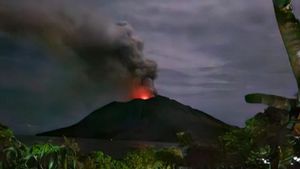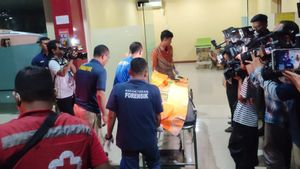JAKARTA - A number of researchers from Australia's University of Flinders announced they had discovered three new species oftegers living in Australia between 5 million and 40,000 years ago.
The research team found three species from the extinct genusprotemnodon by comparing museum findings with fossils found around Lake Callabona in South Australia, according to an article published in the journal Megataxa.
The new species that have been identified are protemnodon viator, protemnodon mamakurra and protemnodon dawsonae, with the specificator being the largest among the three weighing 170 kilograms, doubling the size of the current redsurge.
"The Kangaroo may look like a redteger, but the bones are thicker and muscular," said lead researcher Isaac Kerr.
The study involved fossils from 14 collections in four museums across the UK, United States, and Papua New Guinea for five years, Kerr explained.
Detailed photos of Kerr and the results of 3D prosecution show that protemnodon viators may live in lakes and large rivers in Central Australia.
Kerr compares the species ofprotemnodon dawsonae, with the least available information, with the current red neck walabi or walabi.
While the mamakurra protemnodon species may live in the mountains on Australia's southern coast, in the Tasmania region, and on the east coast of New South Wales, according to the study.
Reportedly these species "are more likely to move with their hands and feet than to jump."
However, the reason why this newly discovered protemnodon species went extinct is about 40,000 years ago, according to paleontologists.
SEE ALSO:
Unlike certain large animals, there is no indication that FARmers suffer from major climate-related disasters or are being actively hunted.
"They are extinct once humans arrive... but there is no evidence to suggest that Aboriginal people are hunting for protemnodon," Kerr said.
However, this study presents a wider collection of protemnodon species data compared to previously accessible data. The enhanced database has the potential to provide wider insight into fossil identification.
The English, Chinese, Japanese, Arabic, and French versions are automatically generated by the AI. So there may still be inaccuracies in translating, please always see Indonesian as our main language. (system supported by DigitalSiber.id)











